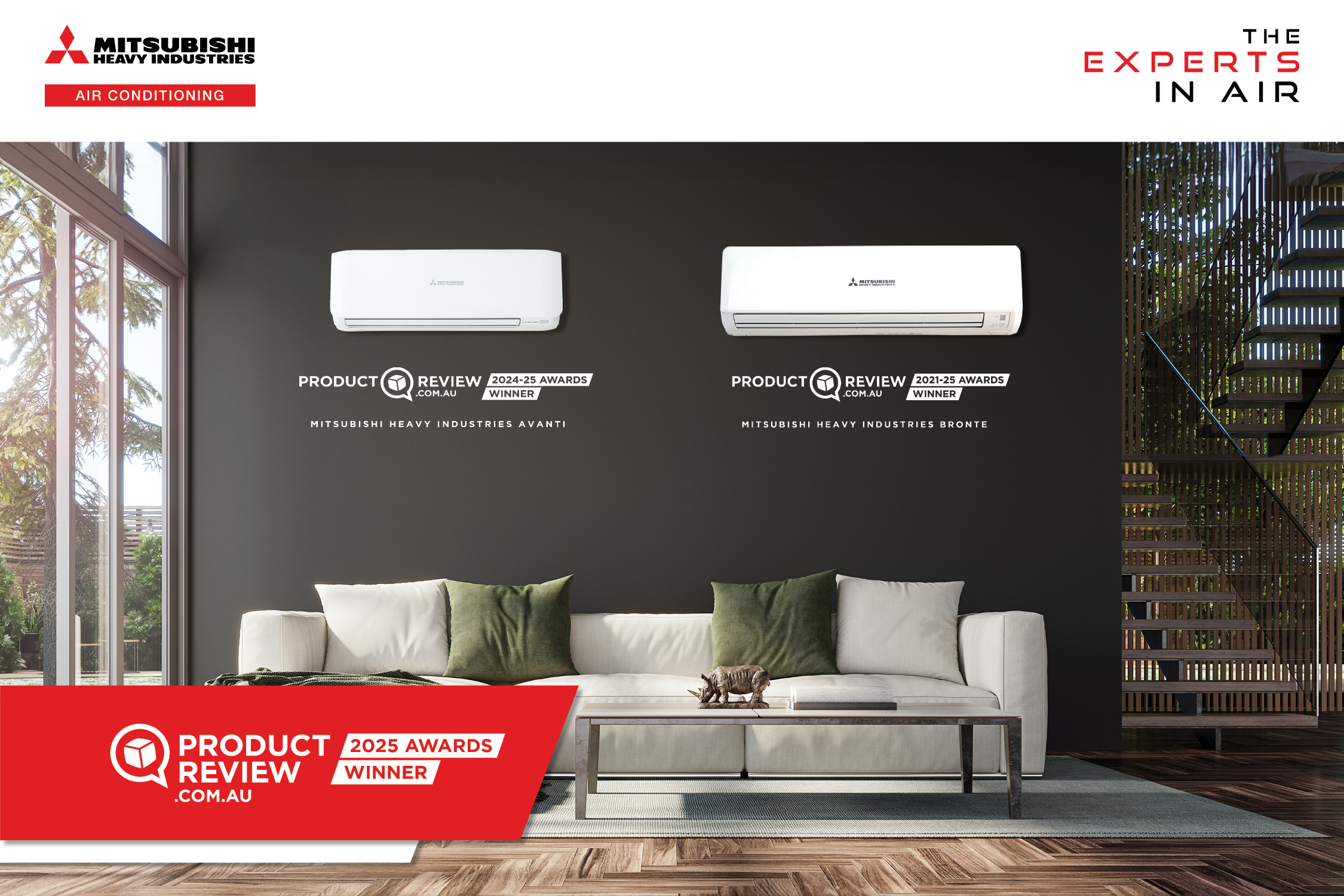A recent RMIT research project has highlighted the poor indoor air quality (IAQ) in some Victorian classrooms, and added to concerns around ventilation in Australian schools in general.
Given their developmental stage and the amount of time they spend in the classroom, school children are particularly vulnerable to poor air quality. According to the report, students spend up to 12,900 hours of their lives in school buildings from pre-school to Year 12 – or 25 per cent of their waking lives.
The RMIT researchers analysed the IAQ conditions of 10 classrooms across four Victorian primary schools and one secondary school over a year. All classrooms had some kind of mechanical ventilation system, including split systems, reverse-cycle systems and floor-mounted convection heaters. Most of the classrooms were also fitted with ceiling fans.
Room for improvement
Ventilation rates were below the recommended standards in seven out of the 10 classrooms. Average classroom ventilation rates were far below the Australian Standard’s per-person requirement.
“This was consistent across the seasons in the four school terms, with slight improvements in ventilation during the summer months,” says RMIT Associate Professor Priya Rajagopalan. “There is a performance gap between design expectations and building operation.”
Average CO2 concentration levels in the different school classrooms ranged from 912 to 2,235ppm, and spiked as high as 5,000ppm during occupied hours. Although the Australian Standard (AS1668.2) specifies minimum floorspace and outdoor airflow rate per occupant rather than maximum CO2 levels, concentrations above 1,000ppm are generally seen as unhealthy.
According to Rajagopalan, the results signal a need for better systems and guidance.
“Currently, most schools rely on teachers opening the windows to provide fresh air to students,” she says. “But that is not always practical during very cold and very hot days. Operation of the air conditioning systems also relies on teacher preference.”
Rajagopalan believes an integrated approach is required for designing and operating the systems, and for the provision of mechanical ventilation to cater for adverse weather conditions, when doors and windows are closed. She also recommends clear instructions and operational guidelines for principals and teachers.
The research reflects similar issues found in NSW, and adds to the growing knowledge about IAQ provisions in schools.
“We hope to provide evidence-based guidelines on appropriate indoor conditions, design/specifications and operations of classrooms for stakeholders including educational and health authorities and building designers,” says Rajagopalan. “We also hope that the guidelines will inform the operation and maintenance of school classrooms, including filter-grade specifications, ventilation rates and temperature set-points in order to close the energy efficiency, thermal and IAQ performance gap.”
The study also ran concentration tests on students to determine the impact of air quality. These demonstrated that IAQ does indeed affect student performance.
Industry response
Preshit Fadnis, M.AIRAH, is Sales Engineer at Panasonic Australia and a member of AIRAH’s recently formed Indoor Air Quality Special Technical Group. He says although people are now talking more about healthy buildings and indoor air quality, schools have so far been neglected.
“There have been numerous other studies carried out globally where it has been shown that high CO2 levels in indoor spaces result in short-term as well as long-term developmental concerns in humans,” he notes.
Fadnis says that the barriers to better IAQ in schools are significant, but not insurmountable.
“First and foremost, we must convince decision-makers for our schools that this problem actually exists,” he says.
“Secondly, the ‘perceived’ cost associated with implementing a fully fledged ventilation strategy can be considered a hindrance. However, this cost would be negligible when compared against the potential costs associated with developmental issues our future generations may face due to our current delayed actions.”
Depending on their location and the outdoor air conditions, Fadnis says the solution for existing schools could be as simple as using a combination of CO2 sensors, indicator lights and temperature sensors to alert teachers to open windows. For greenfield sites, better ventilation strategies and systems are in order.
“If implemented right from the design stage, the costs associated with a well-thought-out CO2 control strategy would just be a miniscule part of the complete project cost,” he says.
Another issue Fadnis highlights in Victoria is that the Victorian School Building Authority (VSBA) Building Standards Quality Handbook – updated in May 2021 and the main reference document for architects and consulting engineers – does not set IAQ parameters, such as maximum allowable CO2 and volatile organic compounds (VOCs).
“The only reference to CO2 and VOCs is under the windows section, referring to provision of openable windows in schools,” he says of the handbook. “But how often are these openable windows actually opened? The document does talk about mechanical ventilation, but the ultimate goal of the mechanical ventilation strategy is unclear.
“I personally believe all schools should have IAQ monitors, or perhaps a traffic light system in all classrooms. That would not only assist in the ventilation strategy but also start the discussion between students and teachers about CO2 and indoor air quality. It is critical that we make our next generation more aware about these parameters from a very young age.”



Leave a Reply